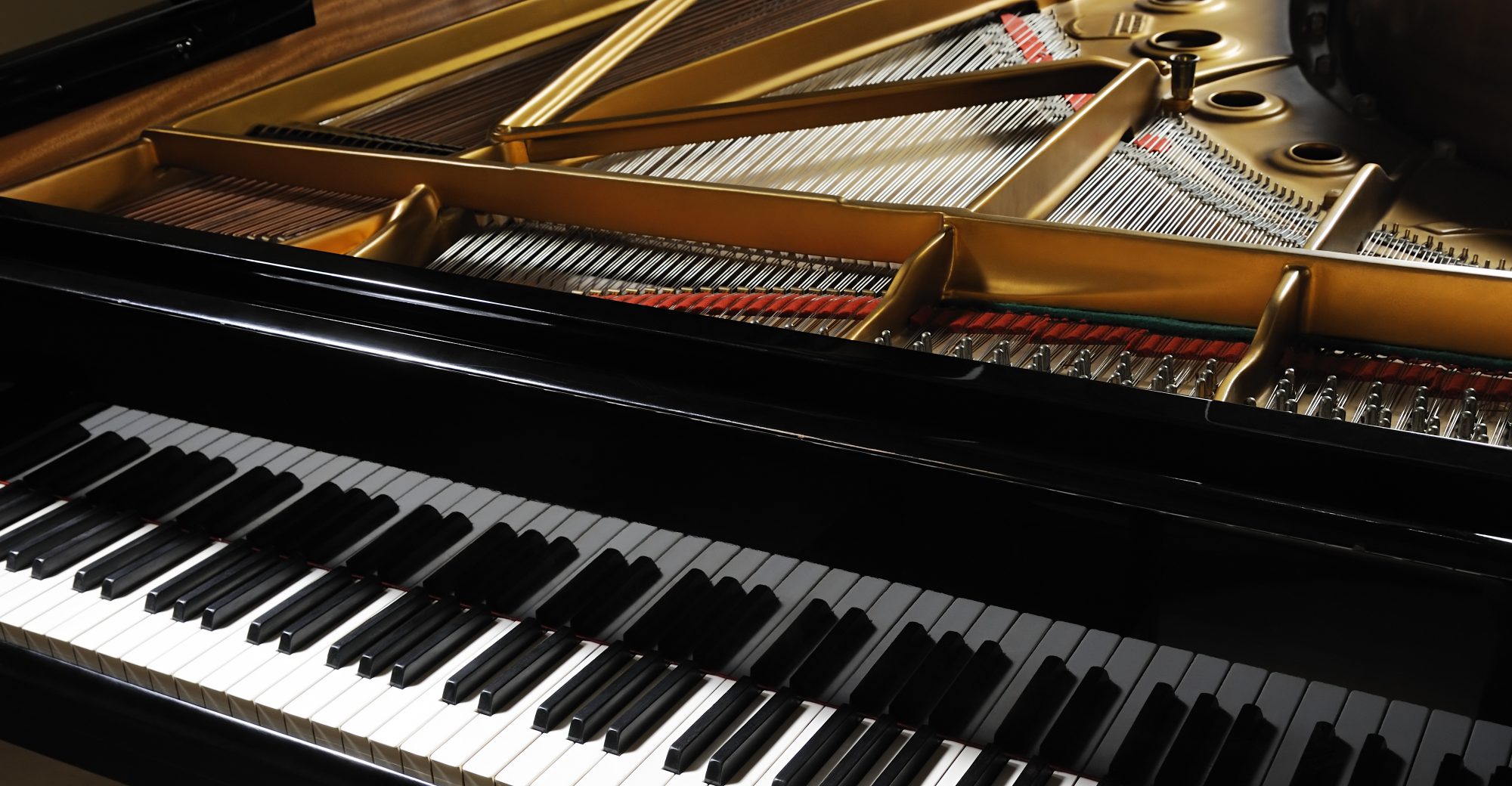This past week I ordered the remaining parts, which included 14 solenoids and 6 transistors. This puts us at around half of our budget since solenoids that produce enough force for our purpose are expensive. Moreover, I ordered more parts than we needed to mitigate the risk that some parts could break when putting the project together. Hopefully, they will arrive soon, and I can assemble all the circuitry required for depressing the piano keys. Meanwhile, I have been helping Nora with the microcontroller portion of the project. We have been working on getting a proof of concept where we take a converted sheet of music from the OMR, parse it into a python object using music21, and schedule the notes on the correct gpio pins that will be connected to our solenoids. Instead of solenoids, we have been using LEDs in the configuration of piano keys to get a visual of which keys will be pressed by a solenoid at a given time. We successfully got the LEDs to light up in the order of a C and Chromatic C scale. Ultimately, we will need to refine the scheduling algorithm further to handle things like rests, chords, successive eighth notes, etc., but getting it to do a basic C scale was a big step. Additionally, when moving from LEDs to solenoids, we will have to account for factors that do not come with LEDs, such as the physical limit that the solenoids can move back and forth. Overall, aside from being unable to get my hands on the remaining parts, it was a productive week in terms of moving toward our final goal.
Not being able to receive our parts this week did not put me behind my current schedule. Although it would have been nice to get everything here this week, on our Gantt chart, I scheduled next week for building the circuitry we will need for the final version of our project. I would still like to keep some momentum going, so while I’m building the circuitry next week, I will also be thinking and drawing out rough sketches of what will be holding everything in place over the piano.
As I have already stated, next week, I hope to put together the circuitry for the final version of the project. Obviously, it may not be exactly what we need at the end of the semester, so I will not be soldering anything yet. Still, I hope to put something together so that we can integrate the microcontroller and solenoids to get an accurate feel for the timing. Additionally, I would like to aim for a rough design of our final chassis. This does not have to be what we end up going with, but just something to think about while I put together the circuitry.

